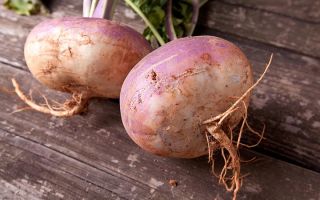Content
The health benefits and harms of swede is an interesting question for connoisseurs of traditional medicine and unusual vegetables. The Swedish turnip, as it is also called, will help with many ailments, but for this you need to know how to use it correctly.
What is rutabaga and how does it look
The vegetable rutabaga belongs to the Cabbage family and is a biennial plant consisting of a root vegetable and a leafy rosette located above the ground. A round or oval root vegetable looks most like a turnip, but is slightly larger in size. The rind of the swede is gray-green or red-violet, depending on the variety, the flesh is white, yellow or slightly orange.
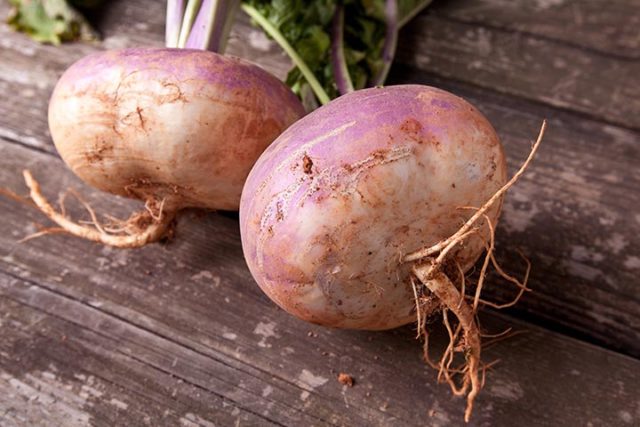
By origin, the root vegetable is considered a hybrid of white cabbage and turnip. There is still controversy regarding the homeland of this vegetable, some researchers believe that it was first bred in Sweden, others claim that it spread throughout the world from the Mediterranean.
What rutabaga tastes like
In terms of taste, the root vegetable resembles turnip and cabbage at the same time. In its raw form, it has a bright aroma, and its juicy pulp is sweeter than that of turnips. After boiling, the taste of the vegetable is more like a potato.
Vitamin content in swede
Rutabaga is highly regarded for its rich chemical composition. The vegetable pulp contains:
- vitamins B in almost complete composition - from B1 to B9;
- ascorbic acid, up to 33% of the daily value of the compound can be obtained from rutabagas;
- tocopherol and vitamin PP;
- vitamin A;
- beta carotene and choline;
- potassium, iron and manganese;
- a small amount of rare vitamins H and K;
- calcium, magnesium and phosphorus;
- saturated and unsaturated fatty acids;
- copper;
- fiber and dextrins;
- starch;
- sodium;
- zinc and selenium;
- natural sugars.
Most of all, swede contains carbohydrates - about 7.7 g. In second place are proteins - 1.2 g, and only 0.1 g are fats.
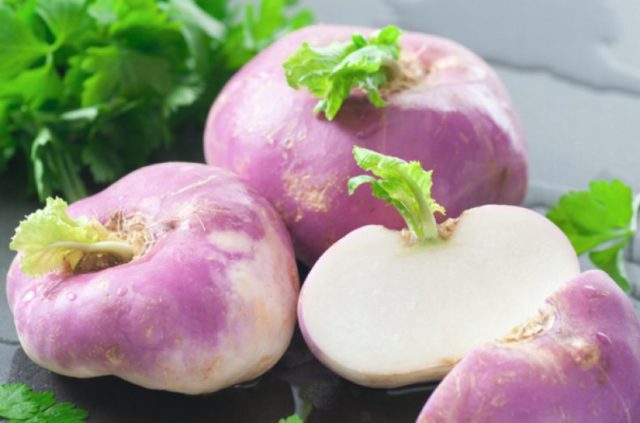
Calorie rutabagas
The nutritional value of the root crop is not too high. On average, a vegetable contains only 37 kcal per 100 g of pulp, which is why it is highly valued in dietary nutrition. The use of root vegetables on a diet brings health benefits, as it allows you to get rid of toxins and extra pounds.
What is useful rutabaga for the human body
A root vegetable with regular use can bring considerable health benefits. Specifically, this vegetable:
- effectively strengthens the immune system and helps protect health from infections and viruses;
- prevents the onset of vitamin deficiency, rutabaga contains almost all vitamins and maintains the balance of nutrients in the body;
- has a mild laxative effect and helps relieve constipation;
- has a beneficial effect on blood vessels, evens out blood pressure and helps fight atherosclerosis;
- protects the heart from the development of heart attacks and other dangerous ailments;
- has a diuretic effect, due to which it brings health benefits with a tendency to edema;
- helps to cope with diseases of the respiratory system, as it removes phlegm from the bronchi and lungs;
- has a beneficial effect on pneumonia and bronchial asthma;
- helps fight muscle weakness or overexertion;
- has a healing effect and restores the skin in the presence of wounds, ulcers and burns;
- improves blood composition and increases hemoglobin levels;
- reduces inflammation in sore throat and oral diseases.
You can use the product for the prevention of oncological ailments. The vegetable contains many antioxidants and therefore provides health benefits by preventing the occurrence of malignant tumors.
Useful properties of swede for men
Regular consumption of the product helps to maintain men's health and protects the genitourinary system from inflammation. The benefit is that prostatitis develops less often against the background of the use of a vegetable, and the product also prevents the appearance of oncological neoplasms.
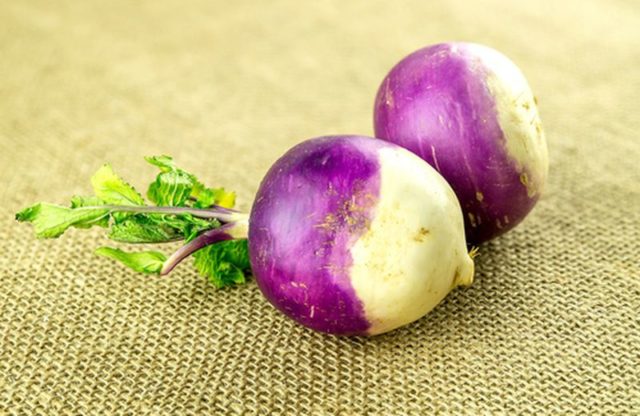
The high potassium content of rutabagas also brings great health benefits. The root vegetable helps to strengthen blood vessels and prevent the development of atherosclerosis. Therefore, when eating a vegetable, men are less likely to suffer from cardiovascular diseases, which are especially prone to even at a young age.
Useful components in the vegetable help to improve health in conditions of lack of vitamins. From time to time, it is useful for athletes to include a product in the diet, it will increase endurance and energy reserves, as well as improve the supply of oxygen to tissues.
Why is rutabaga useful for women
The health benefits of swede are primarily due to the high iron content of the vegetable pulp. It is recommended to use the product for heavy painful periods, the vegetable replenishes blood loss, helps to avoid the onset of anemia and weakness.
The root vegetable strengthens the immune system and helps a woman protect herself from colds. It is useful to use the vegetable to promote health in cases of inflammation of the urogenital area and with a tendency to edema, the product not only fights negative processes, but also has a mild diuretic effect. Due to the high content of vitamins, the vegetable helps to maintain a good mood and vigor, and makes it easier to endure stress.
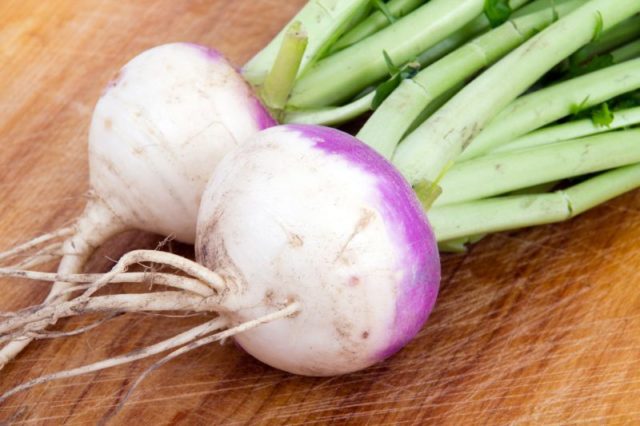
Why is swede useful during pregnancy and with hepatitis B?
For the health of pregnant women, rutabaga can be of great benefit. First of all, it rarely provokes nausea in pregnant women and helps to fight severe edema, against the background of carrying a baby, they develop in most women.
Ascorbic acid in the composition of root vegetables protects the health of a pregnant woman from colds, and vitamins B have a beneficial effect on the developing fetus. During pregnancy, the product helps to solve the problem of constipation, as it gently relaxes the intestines.
When breastfeeding, the root vegetable helps a woman to recover faster after childbirth. The product saturates the body with vitamins, regulates digestion and improves peristalsis, helps to restore a beautiful figure.But it is best to introduce it into the menu after 3 months of the baby's life, otherwise the coarse dietary fiber in the swede can lead to the development of flatulence and colic in the child.
At what age can rutabagas for children
Stewed or boiled rutabaga pulp has a positive effect on the health of the child, it strengthens the immune system and improves digestion. Calcium and phosphorus in the vegetable help to form the skeletal system and protect teeth, fiber prevents the appearance of constipation in a child.
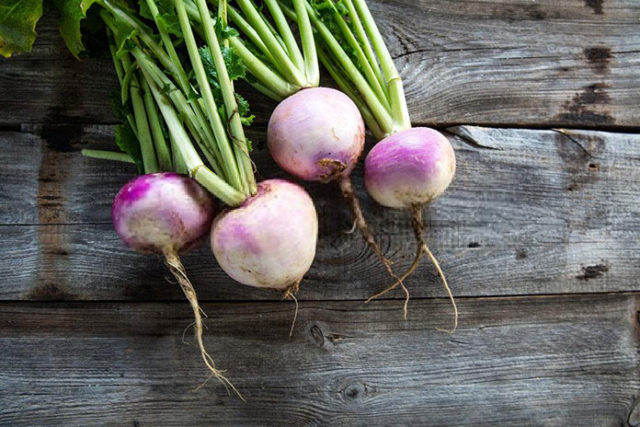
At the same time, for the first time, you need to treat a baby with a root crop no earlier than 4 years. A vegetable rich in dietary fiber may not be absorbed by a child's body at an earlier age. And even after 4 years, it is better for the baby to offer thermally processed roots, the fiber content of which is slightly reduced.
Benefits of swede for the elderly
In old age, men and women often experience constipation, the intestines are not working as actively, and peristalsis worsens. The root vegetable, when consumed regularly, helps to solve this problem and normalize the stool.
Also, the root vegetable improves the condition of the cardiovascular system and helps protect against hypertension and changes in blood pressure. The inclusion of swede in the diet reduces the risk of heart attacks and strokes.
In old age, the product is best consumed after heat treatment, this will bring more benefits. Fresh product can be harmful to health and cause flatulence and cramps.
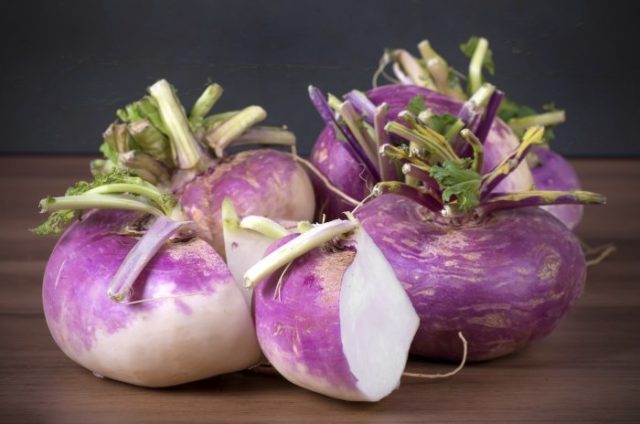
How to eat rutabagas
In order for a vegetable to bring health benefits, it must be prepared for use:
- how to wash from dirt;
- cut off the top of the vegetable;
- divide the root crop with a knife into 2 halves and peel;
- cut out the hard midline.
After that, the remaining pulp is cut into slices and consumed fresh. You can also boil the swede until it becomes soft, stew or bake in the oven. The product goes well with most vegetable and meat dishes.
Eating a vegetable is best for your health in the morning or afternoon. If you eat a root vegetable in the evening, then it will not bring significant harm. However, the body will start active digestive processes, and as a result, it will be more difficult to fall asleep after dinner.
How to use rutabagas for medicinal purposes
A healthy vegetable is often used in traditional medicine recipes. Rutabaga can help you to quickly cope with the symptoms of certain diseases, especially when combined with other beneficial ingredients.
Rutabaga for chronic constipation
To improve peristalsis, it is recommended to include the vegetable in your regular diet and eat it twice or three times a week. Also, with prolonged constipation, you can prepare a full-fledged drug:
- The swede is cleaned and boiled, after which it is rubbed on a fine grater;
- the resulting puree is salted and generously flavored with vegetable oil;
- the product is used instead of an afternoon snack or in between main meals.
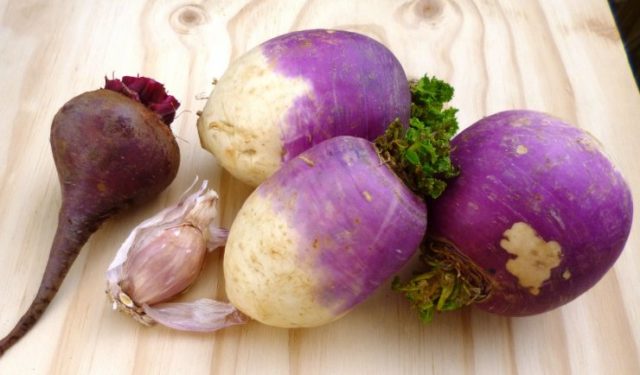
Fiber-rich rutabagas and oil will stimulate peristalsis and help relieve constipation quickly. If you take the remedy for several days, then in just a week the peristalsis will become noticeably more active, and health will improve.
Rutabaga with honey for arthritis
In case of inflammatory processes in the joints, traditional medicine suggests mixing rutabaga juice with natural honey:
- the stump of the swede is crushed in a blender and squeezed through cheesecloth vegetable juice;
- mix 100 ml of juice with a small spoonful of liquid natural honey;
- use the remedy three times a day.
When applied for 2 weeks, the remedy will help relieve inflammation in the joints and eliminate swelling, restore healthy mobility and help avoid another exacerbation.
Rutabaga cough
For a cold, dry cough, the following rutabaga-based remedy will provide health benefits:
- fresh rutabaga pulp is passed through a meat grinder or chopped in a blender;
- the gruel is mixed with honey in a 2 to 1 ratio;
- the product is used up to 5 times a day in a small spoon.
The mixture will help thin the phlegm and thereby get rid of the cough faster.
Rutabaga with nuts and honey for bronchitis
To get rid of bronchitis, you can prepare a stronger vegetable-based medicine. The recipe requires:
- chop 500 g of fresh root vegetable and simmer with 50 g of butter;
- add 50 g of chopped walnuts to the mixture;
- pour the product with 3 large spoons of honey;
- hold in a saucepan over low heat for a couple of minutes and remove from the stove.
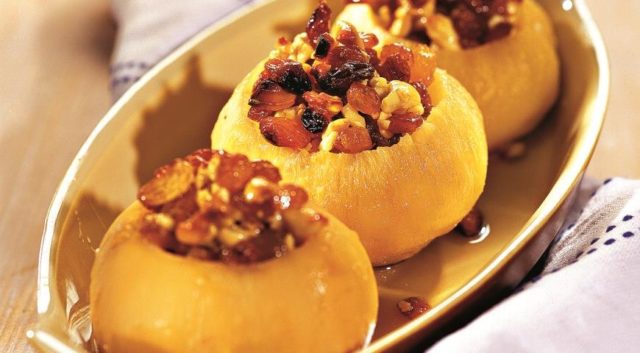
You need to use the medicine to restore health twice a day as a separate meal. In total, treatment continues for about 10 days until the onset of the result.
Rutabaga for skin regeneration
You can use juice and chopped root pulp to treat irritated skin or to quickly heal cuts and wounds. The root vegetable is used very simply - the pulp is processed into a homogeneous puree, and then mixed with a small amount of vegetable oil, sour cream or cream.
This mixture should be applied to the skin and left for 20-30 minutes. Useful components in the composition of the compress will contribute to the rapid regeneration of the skin. You can also use the product as a cosmetic mask, in which case the rutabaga will help get rid of acne and blackheads.
Rutabed juice for dandruff and hair loss
The health benefits of the vegetable are that rutabagas help get rid of dandruff and strengthen weakened hair. To get a positive result, it is enough to mix 2 large tablespoons of fresh root-derived juice with 3 drops of lemon juice.
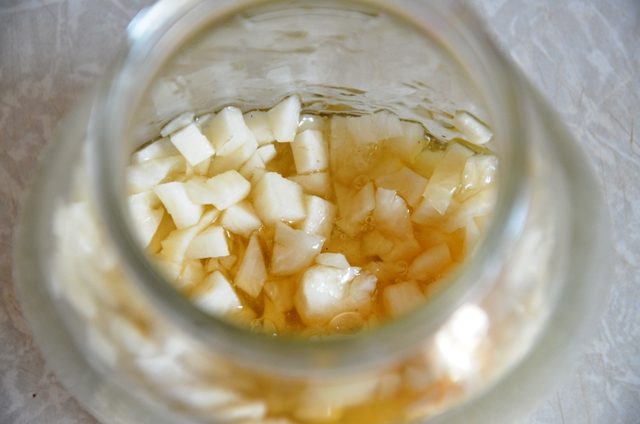
The mixture is regularly rubbed into the hair near the roots and left for half an hour under a warm towel. Rutabaga helps restore scalp health, eliminates dandruff and makes hair follicles stronger.
Limitations and contraindications
Not everyone is allowed to take rutabagas for food and for medicinal purposes to improve health. The vegetable has contraindications, the list of which includes:
- individual allergy to a vegetable;
- inflammatory processes of the bladder;
- gastritis and ulcers in a state of exacerbation;
- intestinal colitis.
The coarse fibers in the swede can irritate the inflamed mucous membranes, so it is better not to use the root crop in case of acute diseases of the digestive tract. You need to approach the swede with caution if you have a tendency to heartburn. In this case, a fresh vegetable can damage your health, so the rutabaga must be boiled or stewed beforehand.
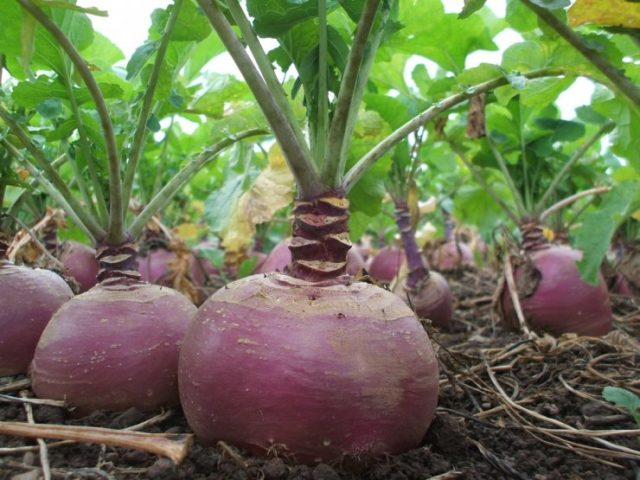
Conclusion
The health benefits and harms of rutabagas accompany each other, in most cases the vegetable is useful, but it can also bring harm. It should be consumed in small portions, preferably after heat treatment, then the root vegetable will improve digestion and generally improve health.

